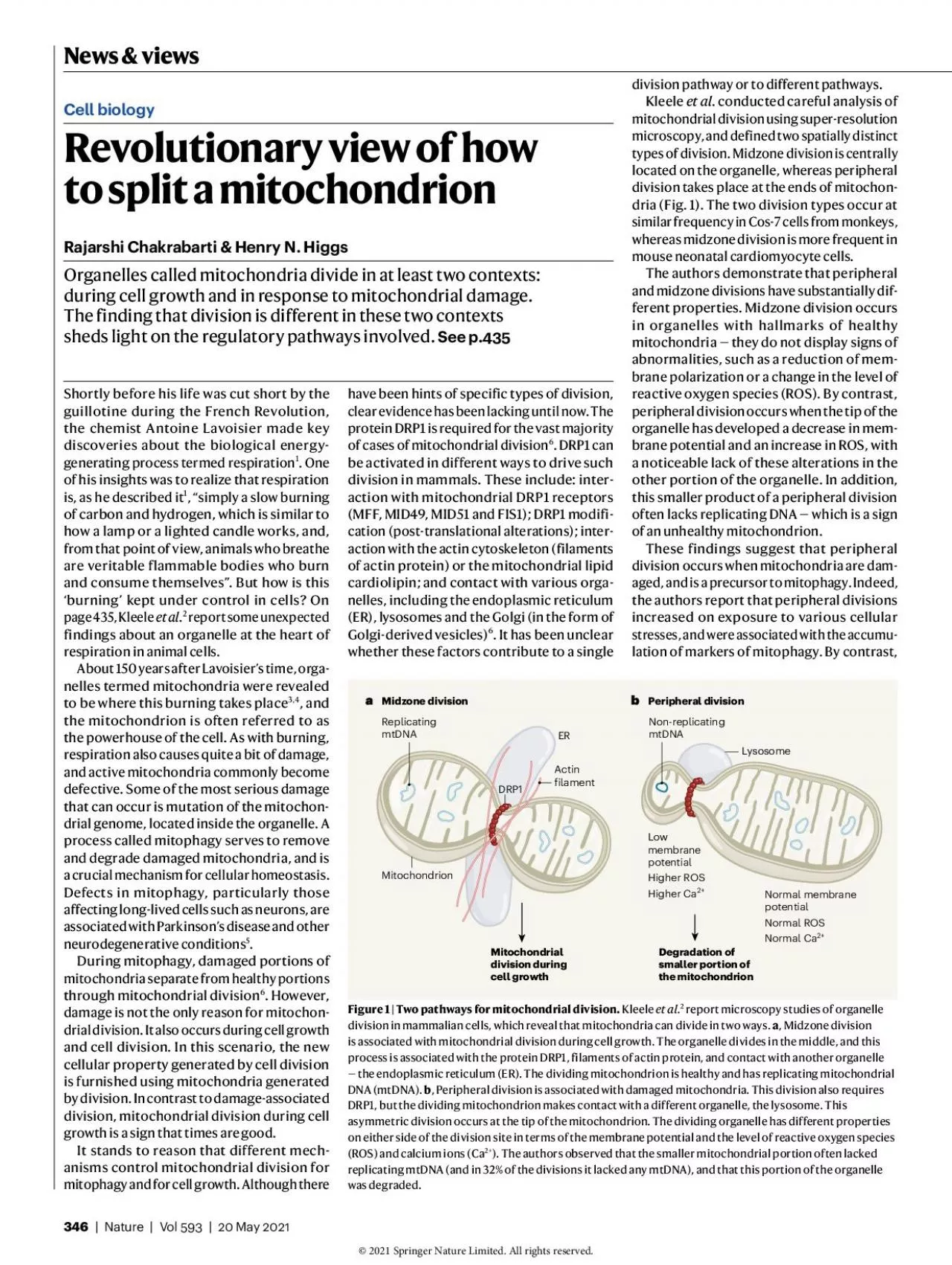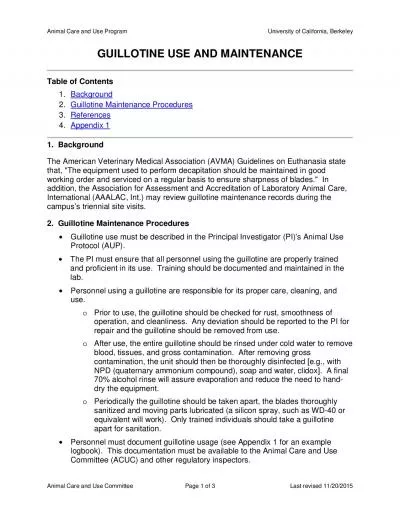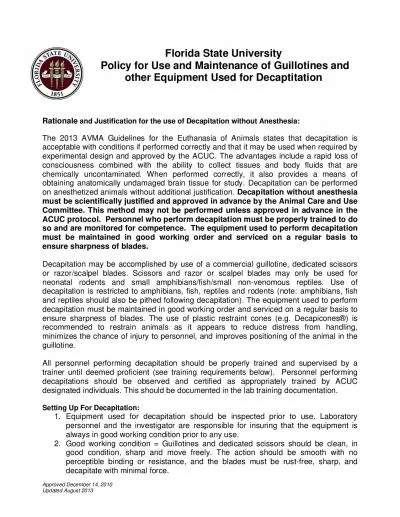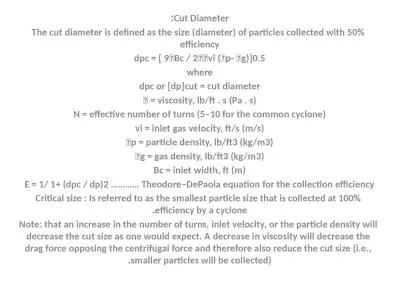PDF-Shortly before his life was cut short by the guillotine during the Fre
Author : daisy | Published Date : 2022-09-01
Revolutionary view of how to split a mitochondrion Rajarshi Chakrabarti Henry N HiggsOrganelles called mitochondria divide in at least two contexts during cell
Presentation Embed Code
Download Presentation
Download Presentation The PPT/PDF document "Shortly before his life was cut short by..." is the property of its rightful owner. Permission is granted to download and print the materials on this website for personal, non-commercial use only, and to display it on your personal computer provided you do not modify the materials and that you retain all copyright notices contained in the materials. By downloading content from our website, you accept the terms of this agreement.
Shortly before his life was cut short by the guillotine during the Fre: Transcript
Download Rules Of Document
"Shortly before his life was cut short by the guillotine during the Fre"The content belongs to its owner. You may download and print it for personal use, without modification, and keep all copyright notices. By downloading, you agree to these terms.
Related Documents














